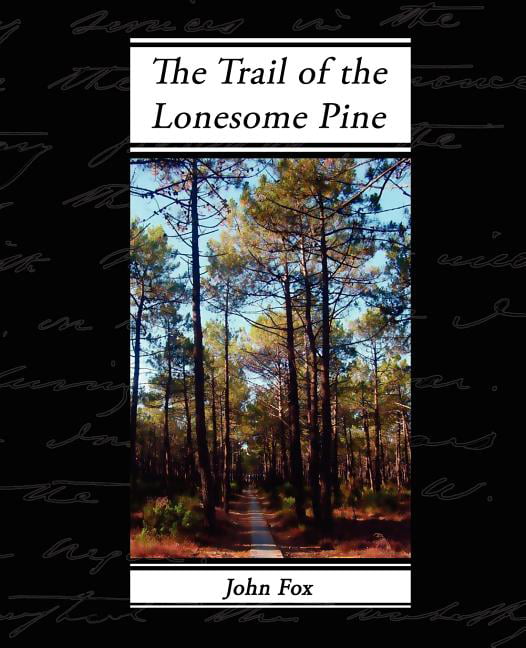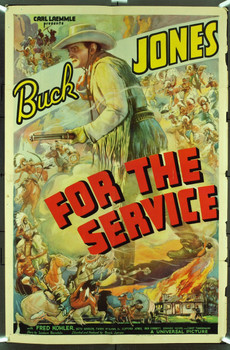

They have real feelings - hurts, ambitions and enthusiasms - that are well portrayed by a cast that is more impressive than the material itself.īut the real story here is the color. That word implies clichéd characters, but these are more dignified and three-dimensionally drawn. The actors, under Henry Hathaway's direction, do an admirable job in making these characters more than mere hillbillies. Bondi and Hinds, incidentally, later played James Stewart's parents in It's a Wonderful Life (1946). This is a very rare appearance for the tyke outside the "Our Gang" films during the time he was making them. Rounding out the very good cast are an unlikely Nigel Bruce as MacMurray's business partner, Beulah Bondi, Samuel Hinds, "Spanky" McFarland (of "Our Gang" fame), and Fuzzy Knight, who wanders through the story observing and commenting on all the action and singing songs, including the Oscar-nominated "A Melody From the Sky." McFarland plays Sylvia Sidney's little brother in a pivotal role, and he is terrific. The daughter in one of the families (Sylvia Sidney) is supposed to marry her cousin (Henry Fonda) but falls for MacMurray and his educated urban charms, setting up a love triangle that meshes well with the feud and mining plots. The story concerns two rural Kentucky families who have been feuding for generations and a railroad engineer (Fred MacMurray) who arrives to mine for coal and bring a railroad through their properties. Trail uses naturalistic color in service to its interesting story and characters and is all the more effective for it. While that may not on the face of it sound like a huge deal today, the picture not only showed that the enormous color cameras were usable outside but also demonstrated an intriguing new way of using 3-strip color: by using it with great restraint.īecky Sharp (1935), released eight months earlier and well-known as the first 3-color feature, had a plodding story in service to its bright, even garish color.

Trail holds an important place in film history as the first 3-color Technicolor feature to be filmed outdoors.
#The trail of the lonesome pine 1936 book movie
The 1908 novel by John Fox, Jr., had already been turned into a play and three films (in 1914, 19), but this is the best-known movie version.
#The trail of the lonesome pine 1936 book free
After Dave tells his aunt and uncle he fell on his own gun, the fathers make peace before he dies, leaving June free to marry Hale.įor its first 3-color Technicolor feature, Paramount in 1936 chose a known and popular story: The Trail of the Lonesome Pine. Before carrying Dave home, Buck wounds Wade. When he leaves, however, Wade Falin, who is still angry about Dave's earlier murder of his brother, shoots him in the back. Dave, who also has returned for Buddy's funeral, then goes to the Falins' unarmed, and Buck Falin, the father, apologizes to Dave for Buddy's death. Hale then swears his love for June, who is now the sophisticated lady she always had wanted to be, but when he refuses to avenge Buddy's death except through the law, she rebukes him. When the Falins dynamite the bridge to the mine, Buddy is accidentally killed, and June returns for the funeral. As winter descends upon the hills, Buddy learns the alphabet from Hale, but Dave, resistant to change, leaves the Tollivers. When June refuses to return home, Hale sends her to his sister's home in Louisville. After defending himself against Dave, Hale fights the Falins, while Dave escapes with June. Dave, believing Hale's business deals are a subterfuge for stealing June, goes after the couple with a rifle, but comes into trouble with the Falins, who wait for him in Gaptown.

When Hale encourages June to get an education, she insists on following him into Gaptown, hoping to become sophisticated there. June visits Hale frequently with her young brother Buddy, who idolizes the engineer. Judd Tolliver refuses to sign Hale's contract when he learns the railroad will cross Falin land, but acquiesces when Hale promises financial prosperity for his indigent family. Dave plans to marry his cousin June, but she quickly becomes infatuated with the educated Hale. When Hale first arrives at the Tolliver home, he finds Dave, a visiting nephew, dying of gangrene and saves his life. As another generation upholds the vengeful "code of the Lonesome Pine," city engineer Jack Hale comes to mine the coal on their land and bring the railroad to the area. For years the Falins and Tollivers, hill families of Kentucky, have been feuding for reasons long forgotten.


 0 kommentar(er)
0 kommentar(er)
